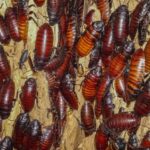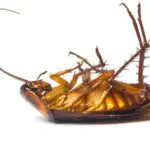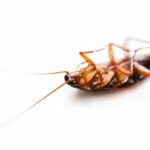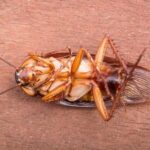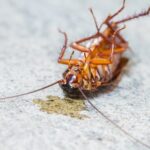Cockroach Eyes
Cockroaches have long-exposure vision, which means they can see in near-pitch black environments. To study this behavior, researchers from the University of Oulu inserted a harmless recording device into the cockroach eyeball. They then observed the electrical signals generated by the roach’s photoreceptor cells.
The eyes of roaches are highly developed for their size and shape, and they provide nearly 360-degree vision. However, there are some limitations to their vision. Their lenses are not transparent and are distorted. This makes them unable to see in red light, but they are able to see very well in green light.
Cockroaches’ eyes contain over two thousand hexagonal lenses. The eyes of Madagascar hissing cockroaches have between 2,400 and 2,500 hexagonal lenses in each eye. These lenses enable cockroaches to see multiple things at once, whereas the human eye is limited to one huge image.
In addition to these eyes, cockroaches have several other senses, such as the ability to smell. Cockroaches also have antennae, which house their scent organs. The antennae of male cockroaches also contain extra receptors for female pheromones. They also have cerci, which are small ridges on the underside of their shell, which help them detect movement and air currents. Their legs also contain hairs that perform similar functions.
Cockroaches have two types of eyes: ocelli and compound eyes. Cockroaches’ compound eyes are kidney-shaped, containing over two thousand hexagonal units, and are covered by a transparent cuticle. These specialized zones are the source of a cockroach’s mosaic vision.

